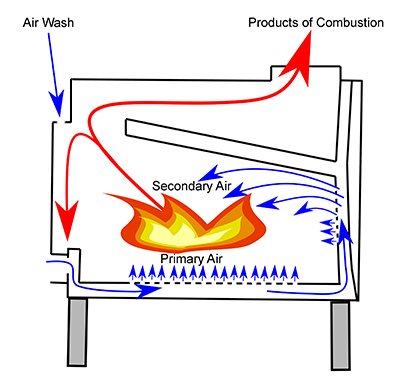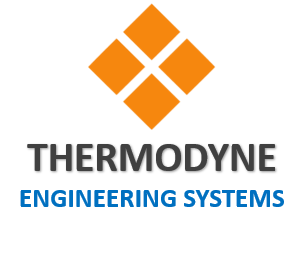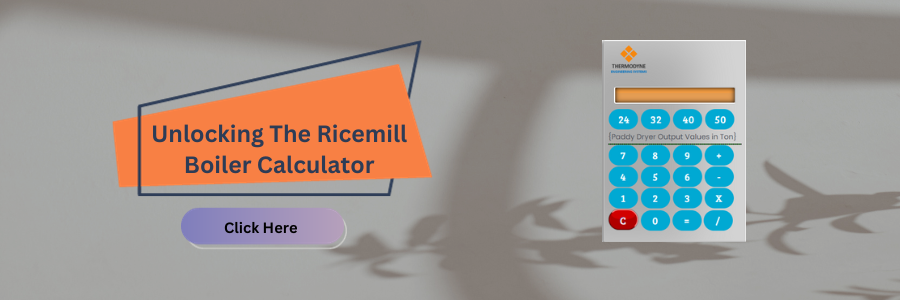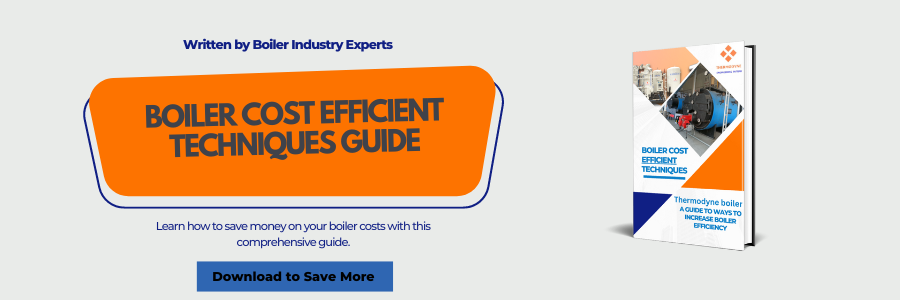Table of Contents
Primary Air Fan ( PA Fan) & Secondary Air Fan in Boiler
Both Primary air and Secondary air have an important role to play in fuel combustion and must be provided in different ratios according to the fuel quantity.

Role of PA & SA Fans in Boiler
For the combustion of any fuel to take place, 3 basic ingredients are needed:
- Fuel
- Air (Oxygen to specific)
- and heat
Air provided for combustion reacts with the fuel according to its stoichiometric ratio. But In reality some percentage of air that has been provided for combustion goes unreacted.
This generally happens because of the quantity of fuel that is fed at once and the variation in the sizes of fuel particles. So, some amount of extra air (usually some percentage of the air provided initially) must be provided to compensate for air that went unreacted.
PA fans and SA fans are essential in the process of boiler making. PA fans, or primary air fans, deliver the necessary air to the furnace for combustion. They help mix fuel with primary air for efficient combustion and emissions reduction. SA fans, or secondary air fans, provide additional air to ensure complete combustion, aid in the removal of combustion by-products, and control the combustion temperature. Both fans play a critical role in optimizing combustion efficiency and heat transfer in boilers
Read Also: Combustion Air Calculations
Primary Air Fan ( PA Fan)
Steam boilers having an external furnace are generally provided with both Primary ( pa fans ) and Secondary air inlets and both play an important role in the combustion of fuel.
Primary air is generally the basic amount of air required for complete combustion of fuel and it depends upon the composition and quantity of fuel required by the boiler. Different fuels will require a different amount of primary air.
Primary air is generally provided from the bottom through the Airbox and the fuel is fed either manually or through the screw feeder into the furnace.
Primary air fans also help in segregating the fuel particles so that each fuel particle could come in direct contact with the air resulting in the efficient combustion of fuel particles.
Secondary Air Fans
The secondary air, on the other hand, is generally provided to compensate for the primary air that went unreacted. It is generally said to be an extra air that must be provided for the complete combustion of fuel.
Secondary air is generally provided through the nozzles installed on the walls of the furnace.
A Forced Draft Fan designed for a particular boiler must be able to provide a sufficient quantity of air which is the sum of both Primary and Secondary air.
The air before entering the boiler is made to pass through an Air Preheater (APH) where the inlet air to the boiler gets heated by the outgoing flue gases and then this preheated air helps reduce the moisture content of the fuel and further increases the boiler efficiency.
Providing air at different stages generally reduces the combustion temperature and will provide more convective heat while single-stage combustion will increase the combustion temperature and will provide more radiative heat transfer as compared to convective heat transfer.
Multi-staging combustion also reduces the NOx formation which in turn will reduce the pollution caused by exhaust gases.
Read Also: FD Fan Motor Power Calculator
Also, Visit: Thermodyne Industrial Boilers youtube channel
https://contentupgrade.me/2ypMgB4D
Primary Air Fans in Boiler
A PA fan, or primary air fan, is a type of fan that is used to provide air to the furnace of a power plant. The air is used to help burn the fuel and create steam, which is then used to generate electricity.
The full form of PA fan is primary air fan.
The role of a PA fan is to provide air to the furnace of a power plant. The air is used to help burn the fuel and create steam, which is then used to generate electricity.
A PA fan is typically located in the air handling system of a power plant. The air handling system is responsible for providing air to all of the components of the power plant, including the furnace, the boiler, and the turbines.
There are two main types of PA fans: centrifugal fans and axial fans. Centrifugal fans are the most common type of PA fan. They work by spinning a fan blade inside a housing. The spinning fan blade creates centrifugal force, which forces the air to move away from the center of the fan. Axial fans are less common than centrifugal fans. They work by pushing air through a series of fan blades.
There are several benefits to using a PA fan in a power plant. PA fans can help to improve the efficiency of the power plant by providing a more consistent flow of air to the furnace. PA fans can also help to reduce emissions by providing a more complete combustion of the fuel.
There are a few drawbacks to using a PA fan in a power plant. PA fans can be noisy, and they can also require a lot of maintenance. PA fans can also be expensive to purchase and install.
PA fans should be maintained on a regular basis to ensure that they are operating properly. The frequency of maintenance will depend on the type of PA fan and the operating conditions of the power plant.
There are a few signs that a PA fan may need to be repaired or replaced. These signs include:
The fan is making unusual noises.
The fan is not providing enough air to the furnace.
The fan is leaking air.
The fan is not operating efficiently.
There are a few different types of problems that can occur with PA fans. These problems include:
Fan blades that are damaged or worn.
Fan bearings that are damaged or worn.
Fan seals that are damaged or worn.
Fan motors that are damaged or worn.




